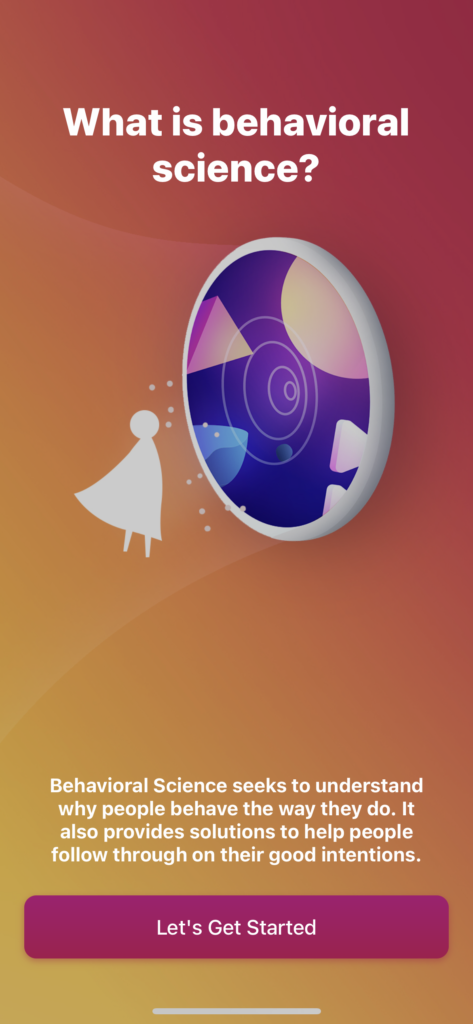Customer Interviewing:
Look at Transcripts here.
Insights:
- A truly collaborative tool would be helpful to creatives across the spectrum (hobbies to professional, music to film)
- Minimizing lag is the most important part of a collaboration tool, everything else can be worked around.
- AI and new tools keep the editing space exciting. Makes new processes easier to learn and is always on the search for something new and better.
- Podcast platforms lack sophisticated audio editing tools; DAWs lack dialogue-specific features such as transcription.
Competitive Analysis:
Find Competitive Analysis here and here.
Podcasting:
- Baseline editing is commoditized (cleanup, transcripts, filler removal, basic clips). Competing on “AI edits” alone = commodity trap.
- Value concentrates in workflow: multi-stakeholder approvals, sponsor-read versioning, rights/assets, episodic templates, distribution logistics, QC/compliance.
- Two fronts:
- Remote capture leaders (Riverside/SquadCast) — hard to out-execute on infra.
- Producer/ops layer — glue across tools to eliminate back-and-forth and packaging work.
Music:
- Pros stay in their DAW; “collab” = low-latency monitoring + async file/stem exchange; not true co-editing.
- Mass market picks free + social + simple; BandLab/Soundtrap squeeze mid-priced web DAWs.
- A browser DAW has to be 10× better at a specific job to displace entrenched workflows.
- Wedge: a review/approval layer (timestamped comments, stems-aware notes, alt-mix renders, lineage/rights) that plugs into DAWs; doesn’t replace them.
Background Research:
Find Background Research here and here and here.
Podcasting:
- Podcasters struggle to promote their shows and depend on opaque platforms like Spotify, which offer poor discovery tools and can remove content without warning
- Podcasting stack spans multiple costly, incompatible tools; lightweight apps lack quality while pro DAWs lack accessibility and aren’t suited for dialogue-focused audio
- Podcasters are prioritizing outsourcing or, through AI, eliminating, editing needs not looking to make them more efficient
Education:
- Teachers need real-time collaboration for remote music education to be viable, which is not currently possible with just video calling services
- Music teachers, like podcasters, are forced to stitch together multiple tools (Zoom, PDFs, DAWs, email). This fragmentation creates friction and highlights the need for an all-in-one platform designed specifically for music instruction.
- Zoom doesn’t solve the broader ecosystem issues like finding students, scheduling, and tracking progress. A purpose-built platform could support both the teaching and the long-term student relationship.
- The biggest missing piece is true real-time collaboration. Current tools don’t allow for simultaneous playing or instant annotation, underscoring demand for platforms built around interactive, low-latency music spaces.

